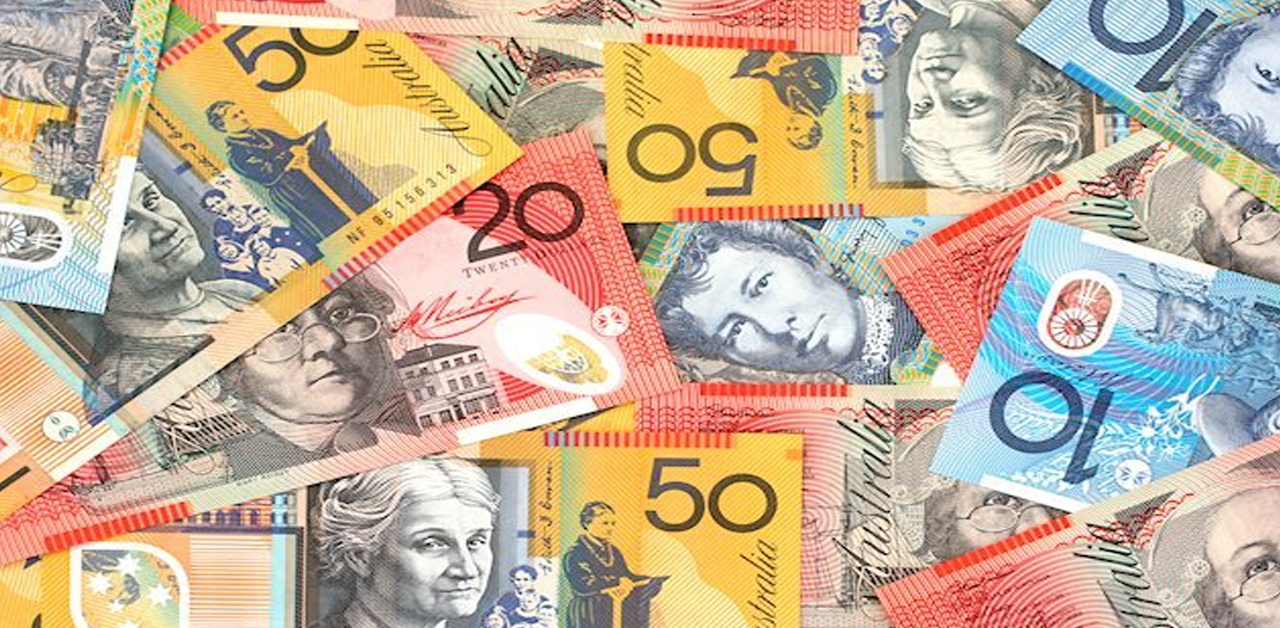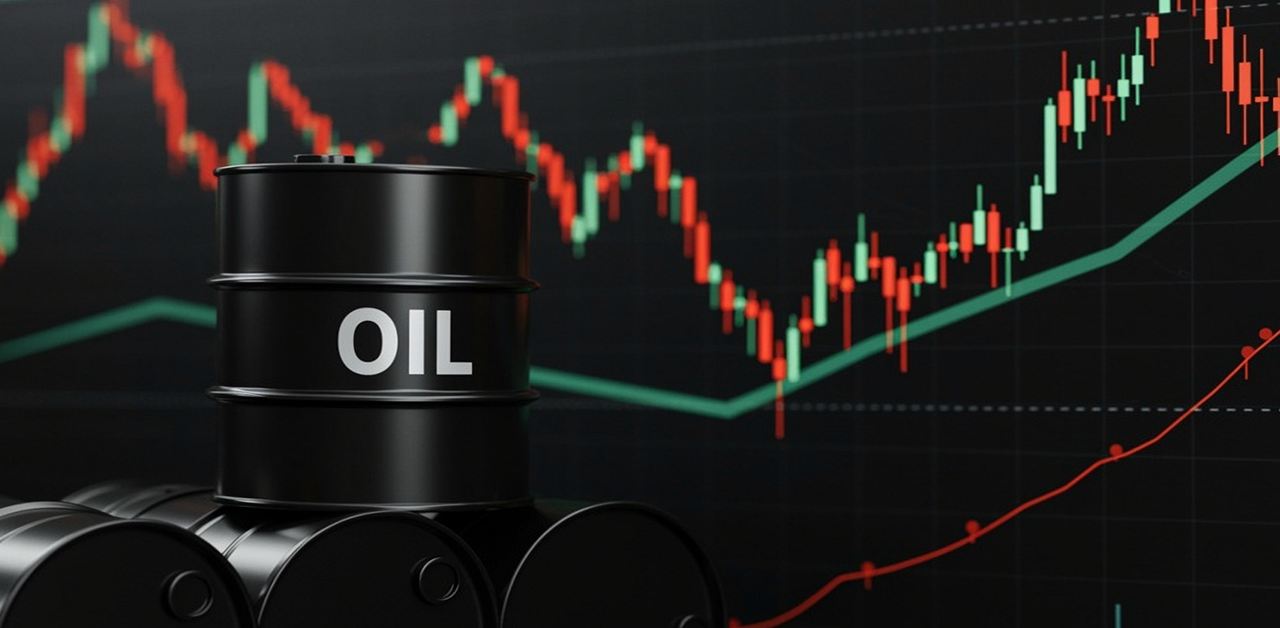Asian Equities Experience Uptick Amid US Bond Yield Dip and China’s Economic Stimulus Plans
On Friday, the majority of Asian stock markets displayed promising signs of positive trading. A noteworthy factor in this uptick has been the declining US Treasury bond yield, which bolstered regional stocks as investors keenly awaited the release of the US Core Personal Consumption Expenditures Price Index (PCE) data set for later that day. However, ongoing geopolitical turmoil in the Middle East could cast a shadow, potentially applying downward pressure on these stock markets.
Key indices from various nations demonstrated these upward trends: China’s Shanghai grew by 0.35% reaching 2,998, Shenzhen Component Index surged by 1.11% to 9,672, Hong Kong’s Hang Sang leaped by 0.99% marking 17,213, South Korea’s Kospi showed a marginal increase of 0.02%, while Japan’s Nikkei boasted an impressive rise of 1.14%.
Chinese stocks, in particular, showcased a notable rebound from the lows of the past several months. This resurgence is attributed to the Chinese government’s robust economic move of issuing bonds worth 1 trillion yuan. This strategic step is aimed at catalyzing and invigorating local economic growth.
Meanwhile, in Japan, economic indicators presented some surprises. The nation witnessed inflation rates rising at a swifter pace than earlier projections for October. This unexpected increase might influence the Bank of Japan (BoJ) to adopt a more assertive and hawkish approach in their forthcoming BoJ meeting scheduled for the next week.
Diving deeper into Japan’s economic landscape, the National Consumer Price Index (CPI) for October recorded a jump to 3.3% YoY, a climb from its previous 2.8%, as reported early Friday by the Japan Statistics Bureau. Furthermore, the National CPI excluding fresh food also saw an increase, marking 2.7% YoY in October, up from September’s 2.5%.
Down south, Australia also witnessed shifts in its economic indicators. The Producer Price Index (PPI) of Australia moderated to 3.8% YoY in Q3, a slight dip from the 3.9% recorded earlier. Quarter-wise, the figures landed at 1.8%, showing a significant rise from the previous 0.5%.
In the larger global context, investors are now turning their focus to the US Core Personal Consumption Expenditures Price Index (PCE) data for September, releasing on Friday. The anticipated monthly and annual core figures are projected to be 0.3% and 3.7%, respectively. Moreover, as the week concludes, all eyes will be on the Federal Open Market Committee (FOMC) gathering in the upcoming week, an event that could usher in market volatility.











